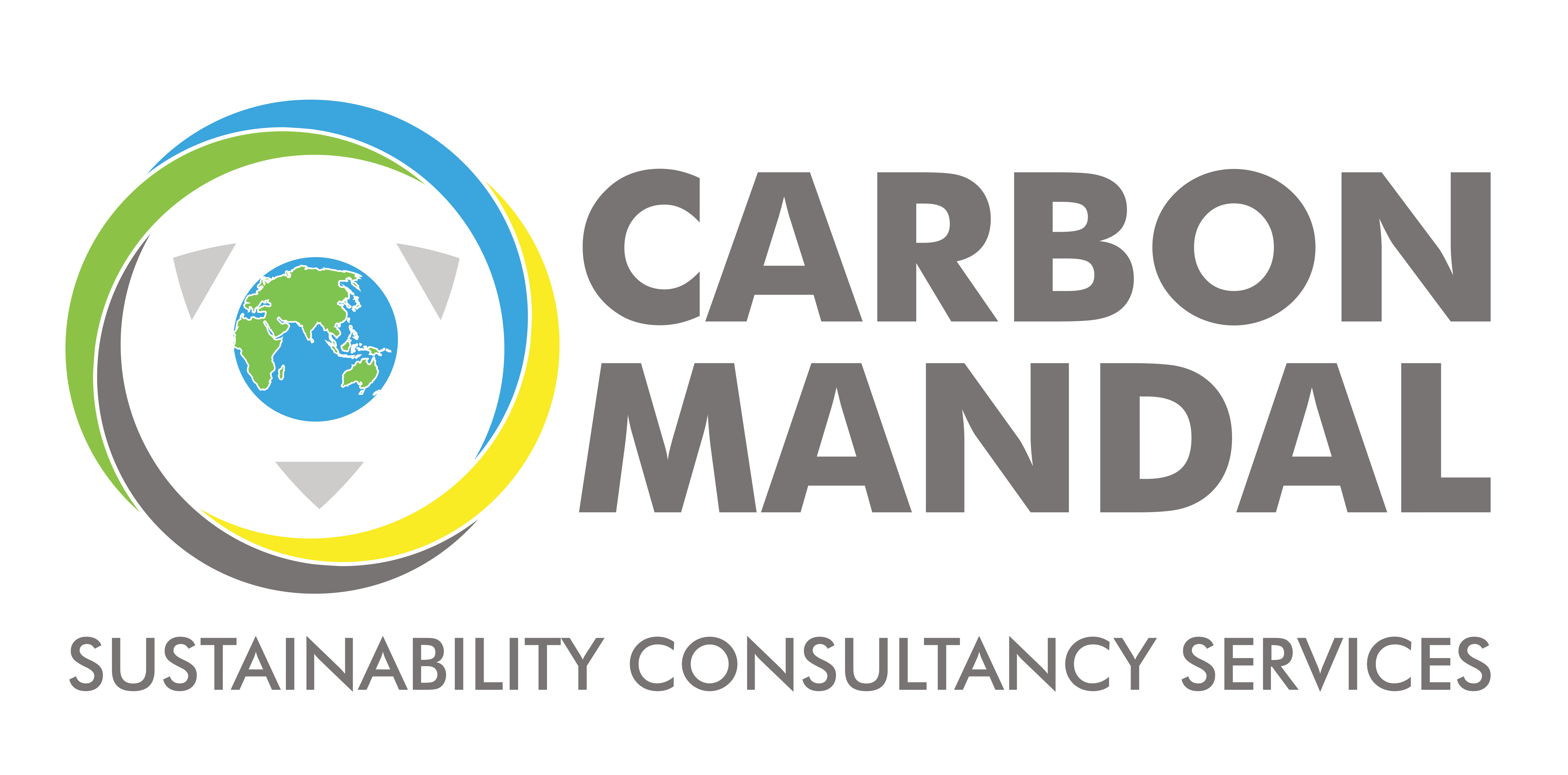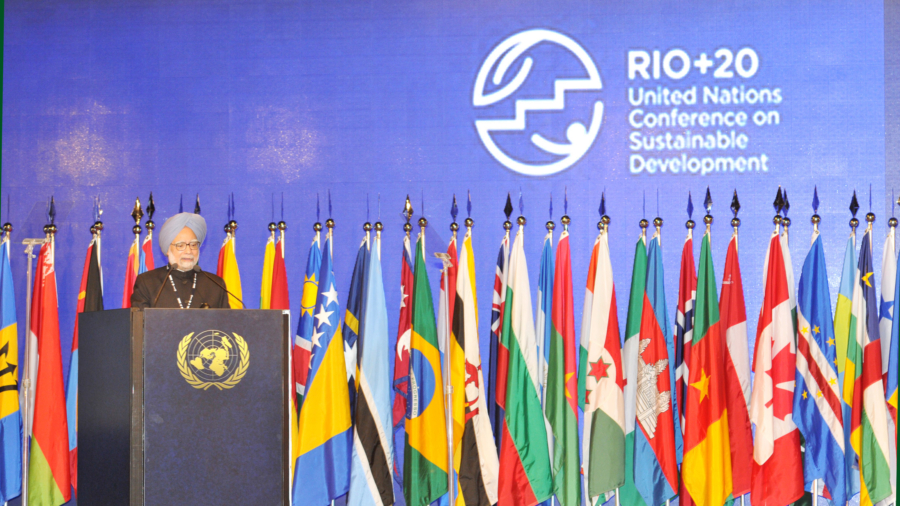Exploring the Rise and Relevance of ESG Reporting in India
Investors perceived Covid-19 as the century’s first “sustainability” crisis, resulting in a surge in global ESG investing. According to an EY report, 90% of international investors consider a company’s ESG performance, and 86% prioritise corporate decarbonisation [3]. Due to the significant risks and opportunities associated with ESG issues, companies, investors, and regulators are becoming increasingly interested in ESG reporting. A partner of Omnivore, Mr.Roy explains, “An ESG system is essentially a toolkit to help predict what can potentially go wrong for the environmental and social externalities of a business. These predictions help tremendously with safeguarding business models against risks that are avoidable when approached in the right way” [1]. The Principles for Responsible Investments (PRI) were released by the United Nations in 2006 and established an ESG Reporting Guideline for incorporating ESG factors into business strategy and policy with 2,000 signatories, it is widely regarded as the official reference point for ESG frameworks [4].
Aside from identifying and managing environmental and social risks, ESG reporting can build trust and transparency with investors, and attract sustainable investors. Whitney Sweeney, the investment director of sustainability at Schroders states, “In 2021 alone, there were more than 225 new or revised policy initiatives established globally with an ESG focus – the highest number ever recorded and more than double any previous year and expect a continued high level of activity into 2023”[5].
With a multi-trillion dollar pool of ESG-driven capital available globally, Indian companies are fast adopting the ESG approach into their overall business models. They recognize their responsibilities go beyond monetary returns to create positive social and environmental impacts as well [3]. This article will look into the rise and associated relevance of ESG Reporting in Indian businesses.
Rise of ESG Reporting In India
One would be amazed to know that there exists a possibility, in which the Indian economy can mobilise $1 trillion by 2030 towards top ESG priorities, particularly for financing the climate transition [6]. As ESG reporting becomes increasingly relevant, Indian corporations are being pressed to disclose their ESG performance. Although, similar to the global trend, there was a surge in awareness and ESG compliance after the Covid-19 pandemic, guidelines were present prior in India to encourage ESG Investments. “Ministry of Corporate Affairs” (MCA) published the “Voluntary Guidelines” on “Corporate Social Responsibility” (CSR), which in 2011 became the “National Voluntary Guidelines” (NVG) on “Social, Environmental & Economic Responsibilities of Business”. There were nine principles in the NVG that represented the “Long-Term Sustainable Value” of Indian companies [8].
The Securities and Exchange Board of India (SEBI) developed a system in 2017 that would allow businesses to voluntarily adopt integrated reporting, which would provide stakeholders with all necessary financial and non-financial information and ensure open communication about the company’s strategy, governance, and performance [8]. In the year 2020, under its Business Responsibility and Sustainability Reporting (BRSR) initiative, the SEBI made ESG disclosures mandatory for the top listed 1000 companies, previously 100 companies under Business Responsibility Report (BRR). This was done so as to increase transparency and encourage companies to adopt sustainable practices [2]. It was through this initiative that BRSR reporting came to be in India.
Corporate Social Responsibility (CSR) is mandated by the Indian government for companies with a net worth of 500 crore rupees, a turnover of 1000 crore rupees, or a net profit of 5000 crore rupees. At least 2% of these companies’ net profits should be spent on CSR endeavours. ESG profiles should also be disclosed in order to attract capital from global ESG investors and financiers [3]. The Bombay Stock Exchange (BSE) published the Guidance Document on ESG Disclosures in 2018, which acts as a guideline for voluntary ESG reporting. It listed 33 specific issues and metrics on which companies should focus when disclosing their ESG information to investors [8]. The above-mentioned ESG reporting guidelines and government initiatives were set to increase the rate of ESG compliance and thus ESG investments in the country.
Relevance of ESG Reporting for Indian Businesses
At the United Nations Climate Change Conference in Glasgow last year, Prime Minister Narendra Modi set India’s net-zero emission target for 2070, establishing a business case for net-zero emissions [9]. As evident in the term, ESG reporting makes a direct positive impact on environmental issues, employee safety and well-being and governance and policies. With the increased risk of climate change, the relevance of ESG reporting has increased manifold, in regards to Indian companies. Investing in ESG practices will boost India’s growth, reduce environmental risks and reduce its capital raising costs.
Increased capital and improved risk management are the highlight benefits that companies can achieve by prioritising ESG. For instance, it is more likely that companies with strong environmental practices can access capital from socially responsible investors, as well as face fewer penalties for environmental violations [2]. If Indian companies ignore developing strong ESG frameworks, they can lose INR 7,13,800 crore due to climate-related risks within the coming next five years. In order to attract investors, businesses need to demonstrate climate resilience and aim to eliminate emissions [3].
ESG reporting also includes companies in the chemicals, refining, and cement industries. They would have to operate ethically, use available technology to be effective and reduce emissions, and effluent treatment, not discharge untreated waste into the soil, water, or air, and also care for their minority shareholders and the broader community [7].
Next Steps in ESG Reporting
In terms of environmental and social risks, climate change will be significant for Indian companies as India is among one of the most vulnerable countries that will have to deal with the consequences of the same. Indian businesses, more or less, do not have a choice but to consider ESG factors in their business strategy and risk assessment and thereby start ESG reporting. For successful ESG reporting and investments, expert guidance and education are necessary. Investors should work with investment advisors to identify their ESG and financial preferences when recommending ESG products.
If you are interested in developing ESG reporting at your firm and contributing towards a sustainable future, look no further! Connect with us to gain invaluable insights on how to carry out ESG reporting that would best suit your business and be relevant in today’s evolving market and economy. Our experts can guide you on ESG reporting guidelines, BRSR reporting and innovative strategies enabling your business to thrive in the long run.
List of References
- Shanthi, S. (2023, February 17). ESG investing gains momentum in India. https://www.entrepreneur.com/en-in/news-and-trends/esg-investing-gains-momentum-in-india/445949#:~:text=%22This%20is%20a%206x%20increase,climate%20tech%20investments%20in%20India. Accessed April 17, 2023
- The rise of ESG investing in India: What it means for corporations. (2023, February 27). https://www.vaishlaw.com/the-rise-of-esg-investing-in-india-what-it-means-for-corporations/. Accessed April 17, 2023
- Lin, B. (2023, January 31). India transforms its ESG landscape to be future-ready. https://timesofindia.indiatimes.com/blogs/voices/india-transforms-its-esg-landscape-to-be-future-ready/. Accessed April 19, 2023
- What is ESG Investing? https://www.adecesg.com/resources/faq/what-is-esg-investing/#:~:text=ESG%20Investing%20. Accessed April 19, 2023
- Hicks, C. (2023, January 10). ESG investing trends for 2023 | investing | U.S. news. https://money.usnews.com/investing/investing-101/articles/esg-investing-trends. Accessed April 19, 2023
- India can attract $1 trillion in ESG Investment: Stanchart. (2022, September 27). https://www.thehindubusinessline.com/markets/india-can-attract-1-trillion-in-esg-investment-stanchart/article65942249.ece. Accessed April 20, 2023
- Rise of responsible investing. (2022, April 25). https://economictimes.indiatimes.com/wealth/invest/rise-of-responsible-investing/articleshow/91068701.cms?from=mdr. Accessed April 20, 2023
- The importance of “ESG” and its Application in India – LEXFORTI. https://lexforti.com/legal-news/wp-content/uploads/2021/04/The-Importance-of-ESG-and-its-application-in-India.pdf. Accessed April 20, 2023
- Tikoo, R. (2022, May 07). How Indian businesses can grow sustainably with ESG approach. https://planet.outlookindia.com/news/how-indian-businesses-can-grow-sustainably-with-esg-approach-news-414652. Accessed April 20, 2023








